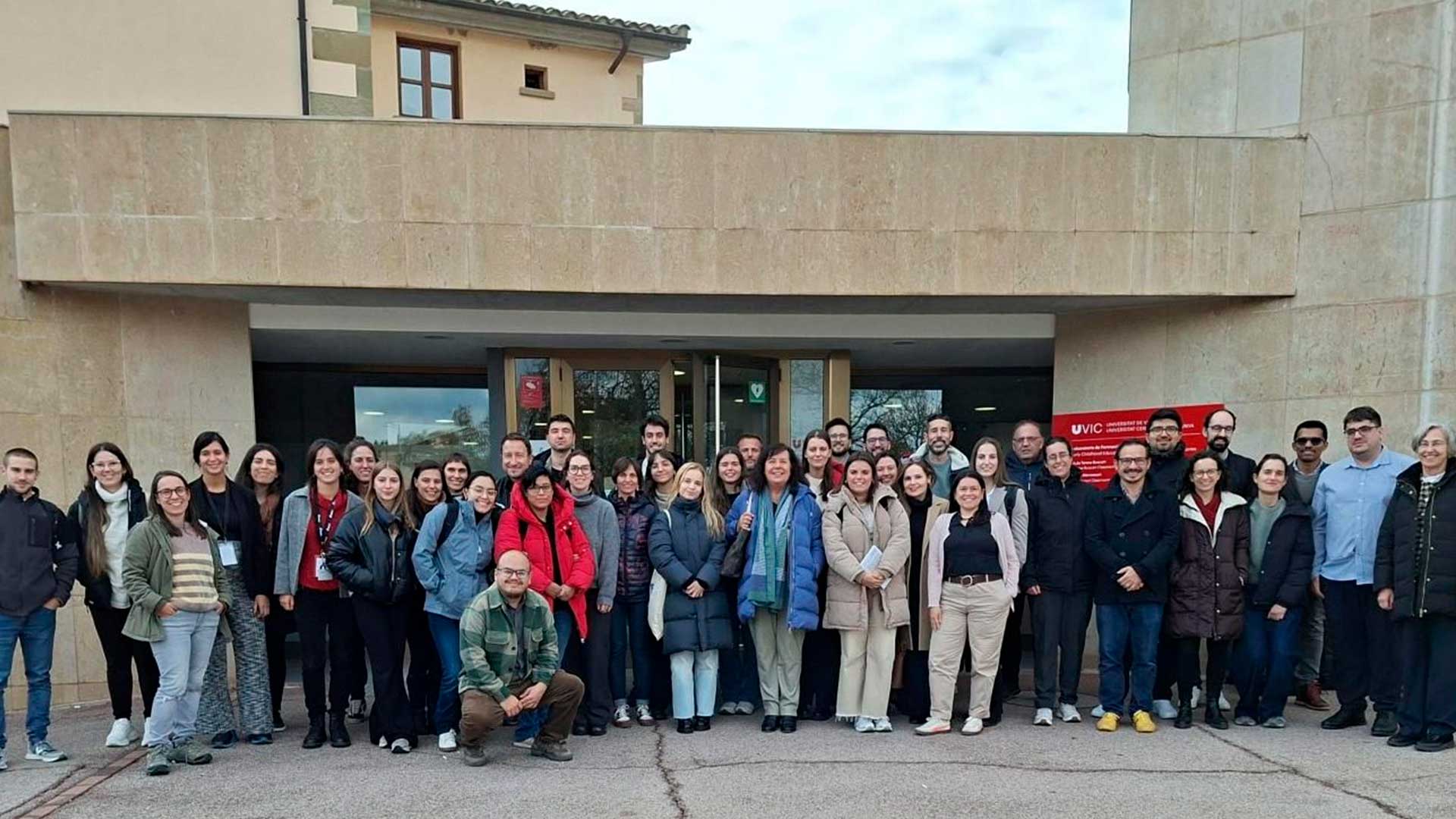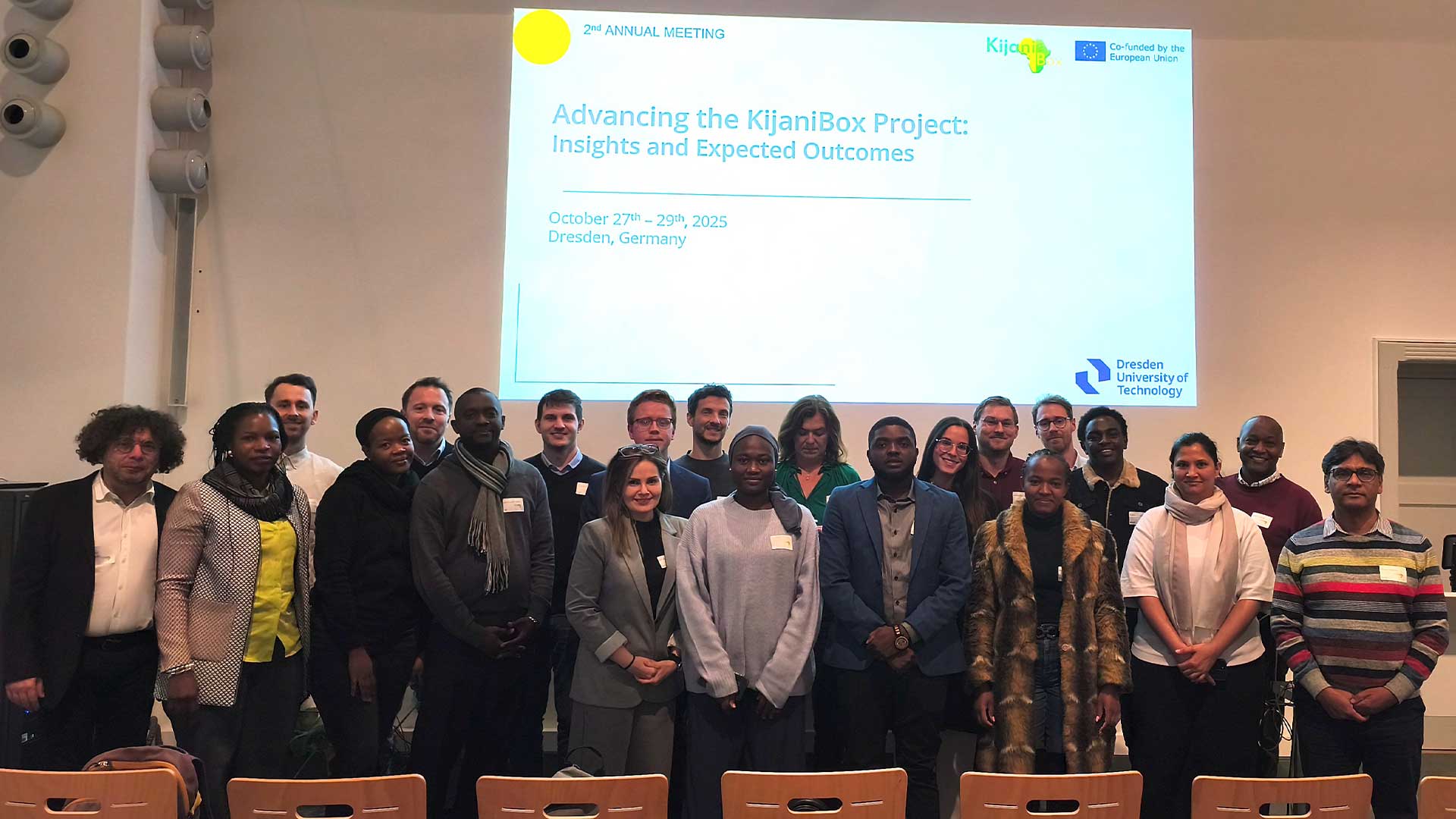The UNESCO Chair in Life Cycle and Climate Change at ESCI-UPF has published a paper on the new nutritional quality model they have developed based on the life cycle assessment to evaluate the environmental performance of protein sources.
In a recent publication in the Sustainable Production and Consumption journal, Dr Laura Batlle, Dr Sahar Azarkamand, Dr Alba Bala, and Dr Pere Fullana from the UNESCO Chair in Life Cycle and Climate Change at ESCI-UPF, along with Ana Fernández Ríos, Dr María Margallo, Dr Rubén Aldaco, and Dr Jara Laso from the University of Cantabria; and Dr Rita Puig from the University of Lleida; have collaborated to develop a nutritional quality model for the life cycle assessment of alternative protein sources (APSs).
Addressing global hunger and feeding a growing population are critical challenges, particularly as demand for animal-derived protein is projected to double by 2050 due to socio-economic changes and urbanization. This rise could lead to significant environmental issues, including unsustainable resource use, increased emissions, and biodiversity loss. Alternative protein sources, such as plant-based products, algae, insects, and cultured meat, present promising, sustainable solutions to mitigate these impacts.
Life cycle assessments (LCA) often show that plant-based, insect, or mycoprotein products have better environmental performance than animal-derived products like chicken or beef. However, many studies use a mass-based functional unit (FU) that doesn’t accurately reflect the product’s function, leading to unrealistic comparisons. Some approaches focus on protein content, but this does not account for the bioavailability of amino acids or the dietary quality of proteins. Additionally, evaluating alternative proteins solely on protein content overlooks important factors like nutrient density, which includes minerals, vitamins, and other bioactive compounds.
Due to existing gaps in current methods, this paper addressed this by developing a new, complex nutrition-based model and applying it to life cycle assessments of these foods. The index’s development was guided by identifying priority nutrients in APSs and the main deficiencies of similar models, which gave rise to the ‘quality Nutrient Rich Food 1.10.2’ (qNRF1.10.2).
This model is the first nutrient profile system that combines various essential nutrients and a protein quality scoring system, namely the Digestible Indispensable Amino Acid Score (DIAAS). The goal is to test this model and compare emerging alternatives with animal-based products. Therefore, this study addressed a multidimensional perspective, introducing the quantity and quality of protein and the presence of minerals, vitamins, and other macronutrients into the indicator.
The results vary significantly depending on the functional unit (FU) used. Switching from a mass-based FU to a protein-based FU shows considerable differences, while using a nutrient profile model results in more moderate changes. Our findings reveal that while animal products generally have poor environmental profiles, they are not always the worst. Emerging alternatives, like insects and algae, perform well in some areas but have notable weaknesses due to their newness and lack of optimized production processes. For example, spirulina consumes 35% more fossil resources and 57% more mineral resources than meat on average. This is due to the high amount of chemicals, nutrients, and energy needed for cultivating and processing dried algae. Interestingly, some conventional foods use more water than animal products; for instance, cereals require nearly 16 m³ of water per functional unit compared to 4.8 m³ for meat. Identifying these critical points can help stakeholders focus on improving production systems for better water, energy, and resource efficiency.




Leave a message